JOHN HASSETT GLEESON
In 1860 Pope Pius IX issued a request to Catholics throughout Europe to come to his aid and raise an army in the defence of the Papal States.
During this period of time Garibaldi and Mazzini were leaders of the Risorgimento with the intention of uniting the fragmented States of Italy into one unified country. The Papal States cut right across the middle of the Italian Peninsula and the Pope was in no mood to facilitate a union. Hence the call to arms.
Papal emissaries arrived in Ireland and the call went out for volunteers to help and defend the Papal States.
Getting to Italy was going to be difficult enough. The British government supported Garibaldi, as a united Italy was seen as a way of destabilising Austro-Hungarian influence in the area. In response to the success of the recruitment campaign, legislation was revisited. The Foreign Enlistment Act had existed in various forms since 1819 as a legal instrument to prevent the enlistment of British citizens in foreign conflicts and as a means of prosecuting offenders. The R.I.C. were tasked with enforcing this but records show that in one instance 20 men resigned from the Cork force to join the Papal Army.
Nevertheless, an estimated 1,400 Irishmen made the journey to Italy, some disguised as pilgrims to avoid detection. They were to fight as the Battalion of St Patrick. Unfortunately, promised uniforms in Green never materialised and the arms they were given were either broken or defunct. The rallying cry was…
“…..Mallacht De ar an mbanrion “ (God curse the Queen)
The Irish had been promised that they would also be formed into a single unit but instead they were fragmented and used to shore up gaps in needy regiments.
Amongst those who answered the call was Carlowman Myles Keogh, later to find fame with Custer at the rout of the 7th Cavalry at the Battle of Greasy Grass.
Our interest however, lies with a Tipperary man. John Gleeson was born on 17/05/1838 in Borrisoleigh to Michael Gleeson & Margaret Hassett.
Gleeson stood at 6 foot 6 tall and was reputedly quite outspoken. The 22 year old John was stationed with the 490 strong Irish Contingent at Ancona on the Adriatic Coast. A siege of this town began on 12th of September 1860 and lasted until the city fell on the 29th. During the siege Gleeson was wounded three times and received a field promotion from Sergeant to Lieutenant.
The Irish were singled out for their bravery. They sang Irish songs and its reported their officers had difficulty in restraint them from leaping over the battlements at the attacking Piedmontese. Unfortunately, whether by accident or design, the Ancona magazine blew up and inevitably, with no ammunition, the city fell. With no means of continuing the defence the Irish surrendered with the others. Captured officers were kept on an honour day release returning to their incarceration in the evenings. After a month of imprisonment the Irish were released.
Those from Nenagh returned on the 10/11/1860 to an enthusiastic reception at O'Meara's Hotel. Peter Gill drove to Borrisoleigh to fetch the Volunteers from there. They were met at Tyone Bridge by a cheering crowd and band. As well as John Gleeson there was also Daniel Hoctor and Clarke from Nenagh and P. Ryan from Dolla.
Gleeson was awarded Medaglia di pro Petri Sede and the Papal Order of St Gregory the Great by the Pontiff. The Papal War had only lasted around three months and to the most part, is largely forgotten. The Vatican retreated and the state of Italy came into existence. However, it did prepare some of the Irish participants for an even bigger conflict, the American Civil War.
In the U.S. Gleeson fought with the Union 63rd New York Volunteer Infantry and rose through the ranks to be Lieutenant Colonel on 02/11/1854. He saw action at Manassas, Antietam and Fredericksburg. He is mentioned in General Thomas Francis Meagher’s report as
“one of the bravest and most reliable officers of the brigade”.
On 13/03/1865 Gleeson was brevetted Brigadier General & Major General for ‘gallant and meritorious service’. Whilst on active service, Gleeson also became involved with the Fenian moment where he held the rank of General. He travelled to Ireland in 1867 where he was arrested possibly for sedition. He was released following U.S. Diplomatic pressure.
John Gleeson died in Washington on 30 06/1889 and is buried in Arlington National Cemetery.
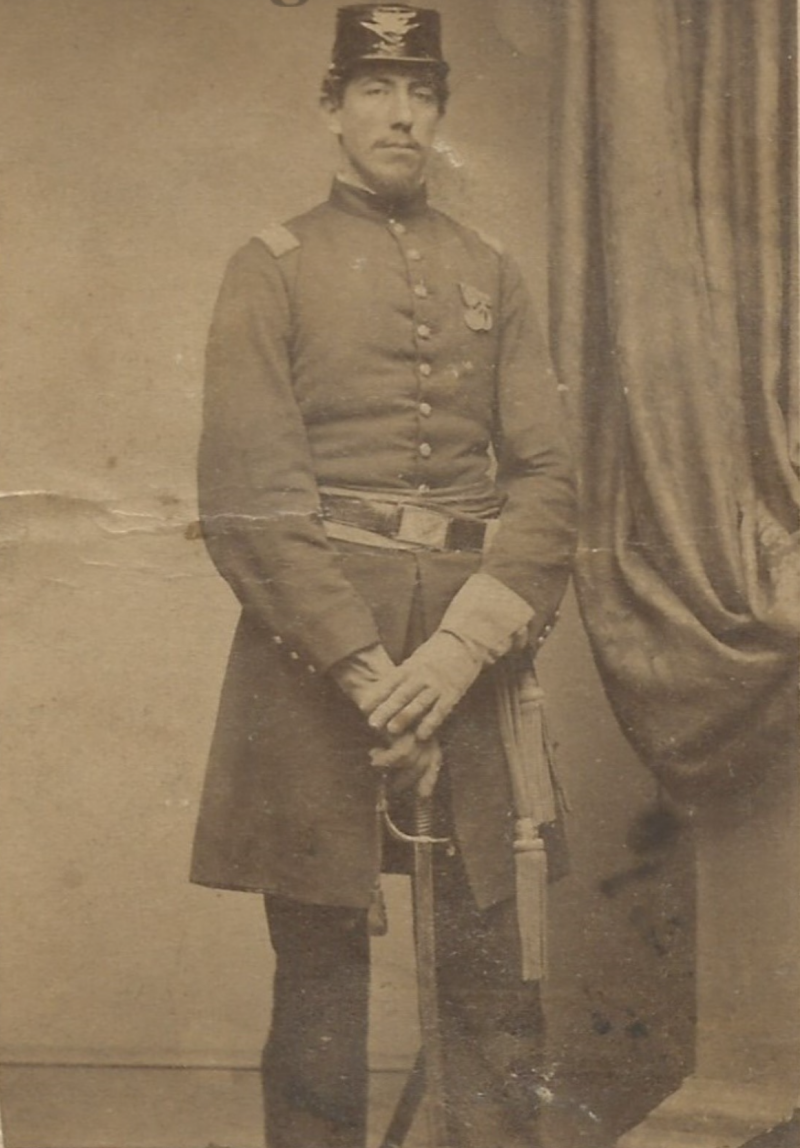
Gleeson with his Papal Medals
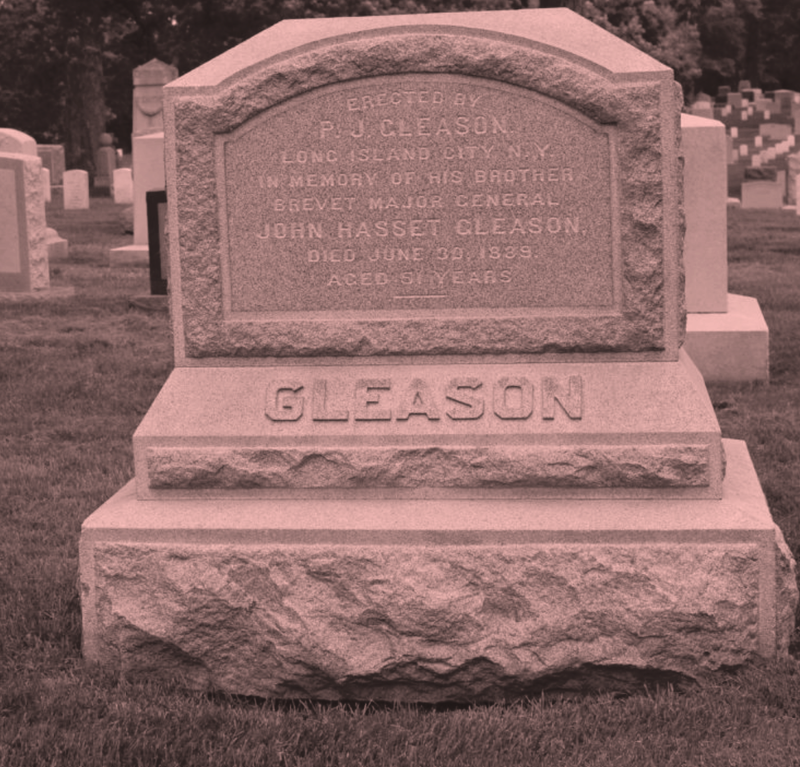
John Gleason's Headstone in Arlington
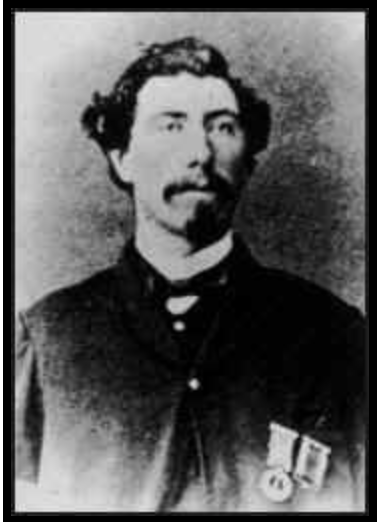
John Hassett Gleeson
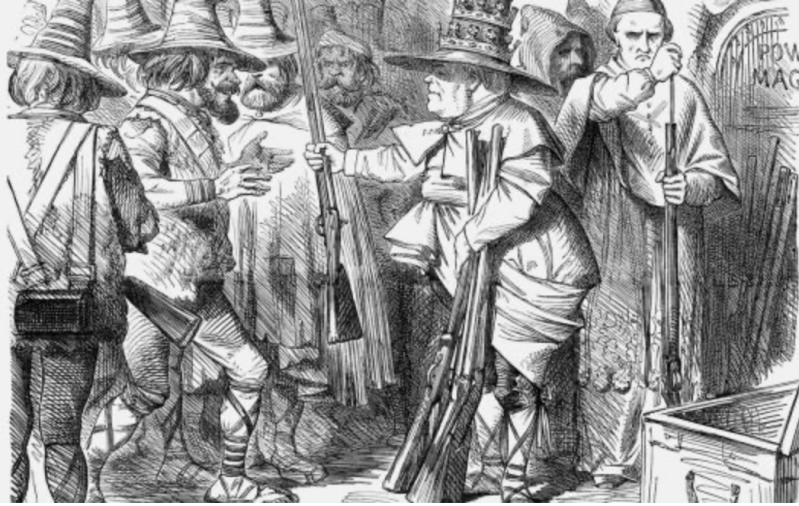
PIUS IX distributing arms
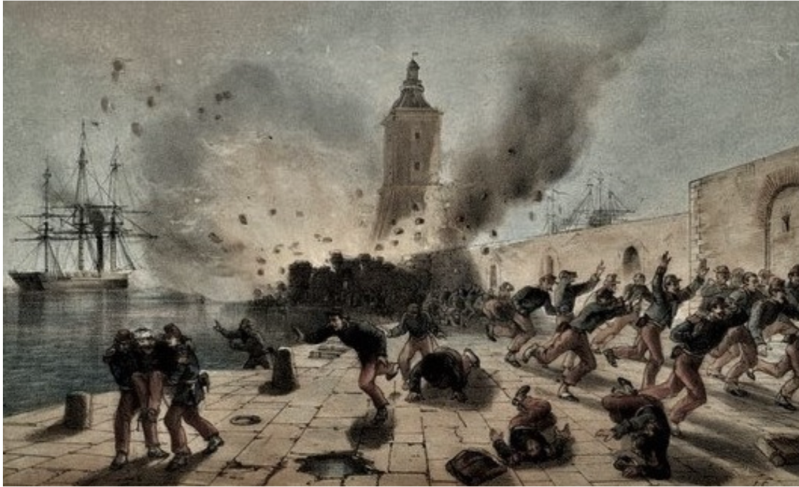
Destruction of Ancona Magazine
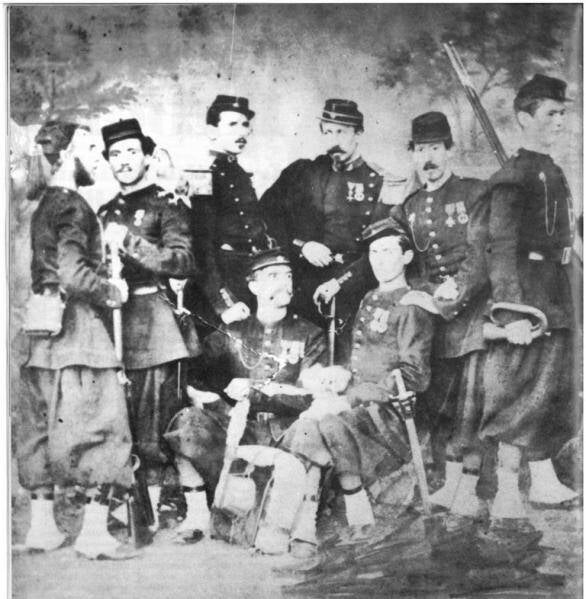
Company of St Patrick Pontifical Army

Medaglia Di Pro Petri Sede
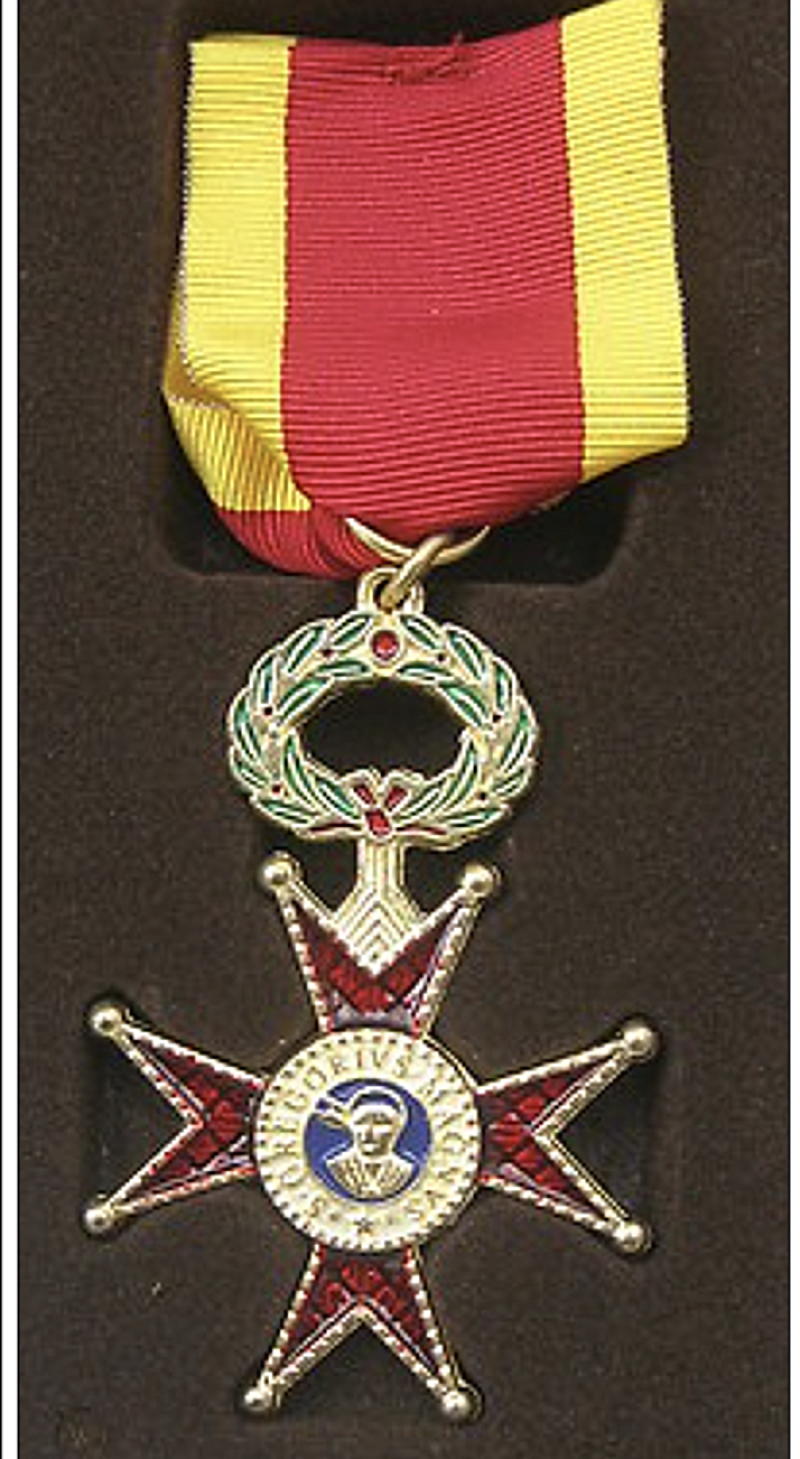
Papal Order of St Gregory the Great

With the 63rd New York
Create Your Own Website With Webador